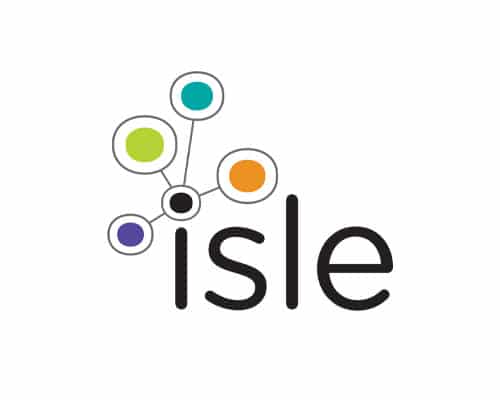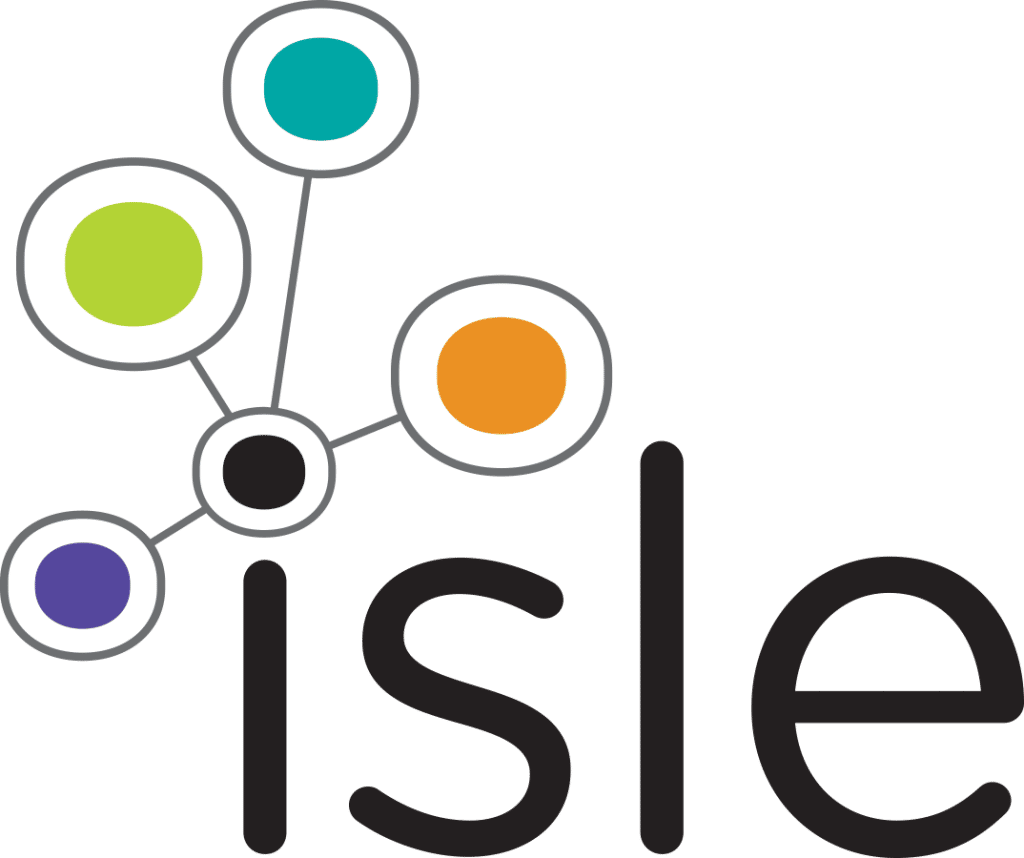A number of ‘emerging’ pesticides, such as metaldehyde, clopyralid, propyzamide and carbetamide, have recently been detected in drinking water sources and cannot be removed below the regulatory limit with existing technologies without incurring excessive cost.The overall objective of this project was to find a cost-effective treatment solution for these emerging pesticides, to secure compliance with the drinking water quality standard.
Case Study – UKWIR: Emerging pesticides – what’s next?
Client/Location: UK
Project Duration: March 2012 – September 2013
Overview

A number of ‘emerging’ pesticides, such as metaldehyde, clopyralid, propyzamide and carbetamide, have recently been detected in drinking water sources and cannot be removed below the regulatory limit with existing technologies without incurring excessive cost.The overall objective of this project was to find a cost-effective treatment solution for these emerging pesticides, to secure compliance with the drinking water quality standard.
How we solved it
Stage 1 of the project was completed by understanding the mechanisms and processes which had proven most effective for metaldehyde removal, principally hydroxyl radical

production through hydrogen peroxide, UV and ozone, and identifying and critically assessing emerging technologies which had the potential to outperform them. The performance was assessed using results from similar and comparable chemicals. UKWIR also required the business case for each technology to be transparent, so costs, energy and chemical requirements, state of development, integration and technology ownership were also analysed. Isle liaised directly with each technology company during this information gathering and presenting process. Isle identified and ranked over 25 technologies, of which the top 14 had factsheets produced for them. These were provided to UKWIR and discussed at steering group meetings, to decide on which technologies should be tested for Stage 2.
Stage 2 involved Isle independently testing three of the technologies for their emerging pesticide treatment capabilities and unwanted

by-products, while also accounting for the CAPEX and OPEX required for their implementation at a water treatment works (WTW). The technologies tested included an absorbent material, a photochemical process and an ozone enhanced process.

